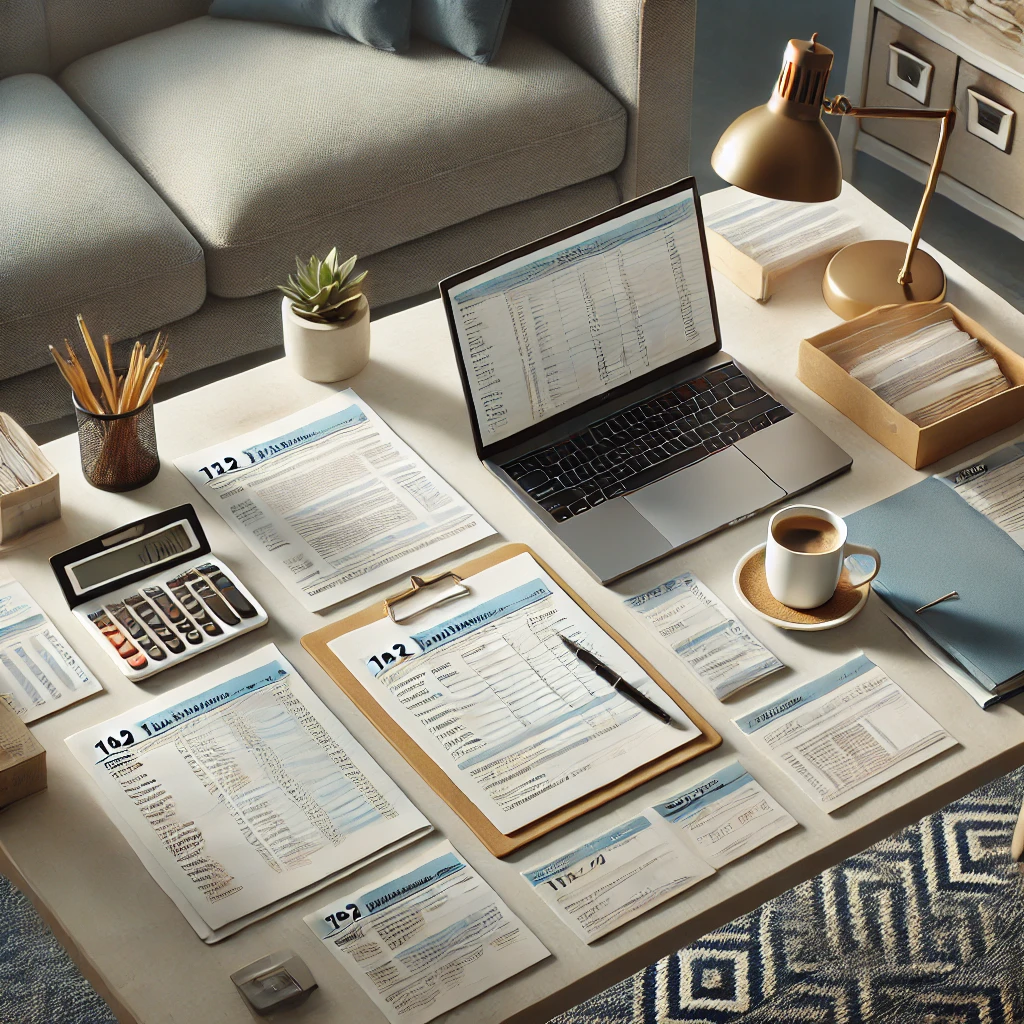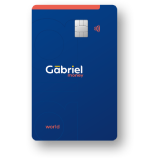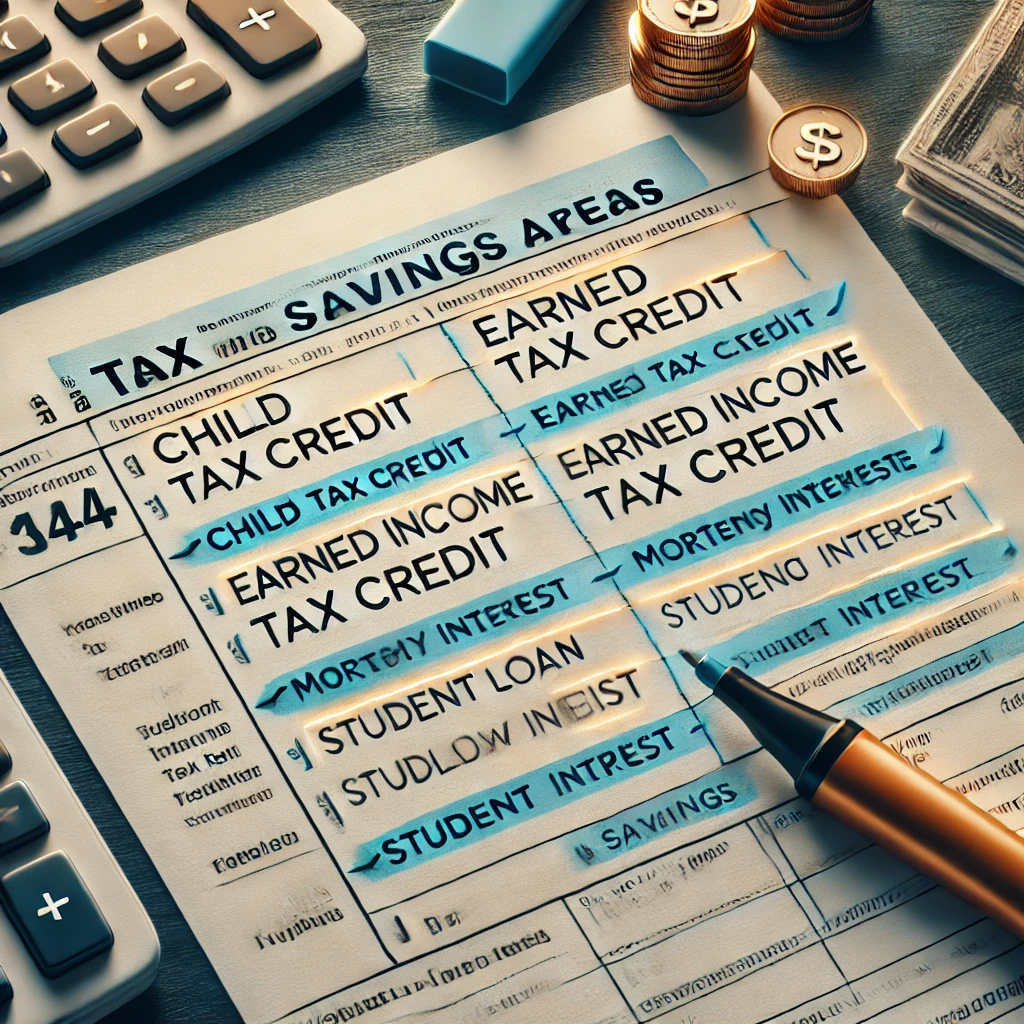
Preparing to file your taxes doesn’t have to feel like solving a puzzle. With the right documents in hand, you’ll not only save time but also reduce the chances of making costly errors. Let’s simplify the process by focusing on the essentials you’ll need for the 2025 tax season.
The Must-Have Documents and Why They Matter
The IRS requires various forms that reflect your income and potential deductions. Here are the most common ones and their purposes:
- W-2 Form (Wage and Tax Statement): This form, provided by your employer, shows your annual wages and the taxes withheld. It’s the cornerstone of most taxpayers’ filings.
- 1099 Forms: There are different types of 1099s for various sources of income:
- 1099-NEC: For self-employment or gig work income.
- 1099-DIV: For dividends from investments.
- 1099-INT: For interest earned on savings or investments.
- 1099-K: For income from online platforms, such as PayPal or Etsy, if you earned over $600.
- Form 1098-T (Tuition Statement): If you or a dependent attended college, this form helps you claim education credits.
- Form 1098 (Mortgage Interest Statement): Homeowners can use this to claim deductions for mortgage interest paid.
- Records of Other Deductions or Credits: Keep receipts or proof for medical expenses, charitable donations, or childcare expenses.
- Last Year’s Tax Return: A reference point that can help streamline this year’s filing.
Practical Takeaway: Organizing Your Tax Documents Step-by-Step
- Start Early: Employers and financial institutions are required to send forms like W-2s and 1099s by January 31, 2025. Watch for these in the mail or your email.
- Know Where to Look:
- W-2s come directly from your employer.
- 1099s might come from multiple sources, like clients, banks, or investment platforms.
- Form 1098-T is typically provided by educational institutions.
- Create a Filing System: Dedicate a folder (physical or digital) to tax-related documents. Label and sort them by type for easy access.
- Double-Check Completeness: Before filing, ensure you’ve received all the required forms. If something is missing, contact the issuer immediately.
By gathering these essential documents, you’ll set yourself up for a smoother tax-filing experience. And remember, this is just one step in the process! Stay tuned for tomorrow’s article, where we’ll dive deeper into making tax season stress-free. Don’t miss it!
Disclaimer:“The information provided on this website is for educational purposes only and does not constitute financial, investment, or tax advice. Please consult a qualified professional for personalized guidance.”






